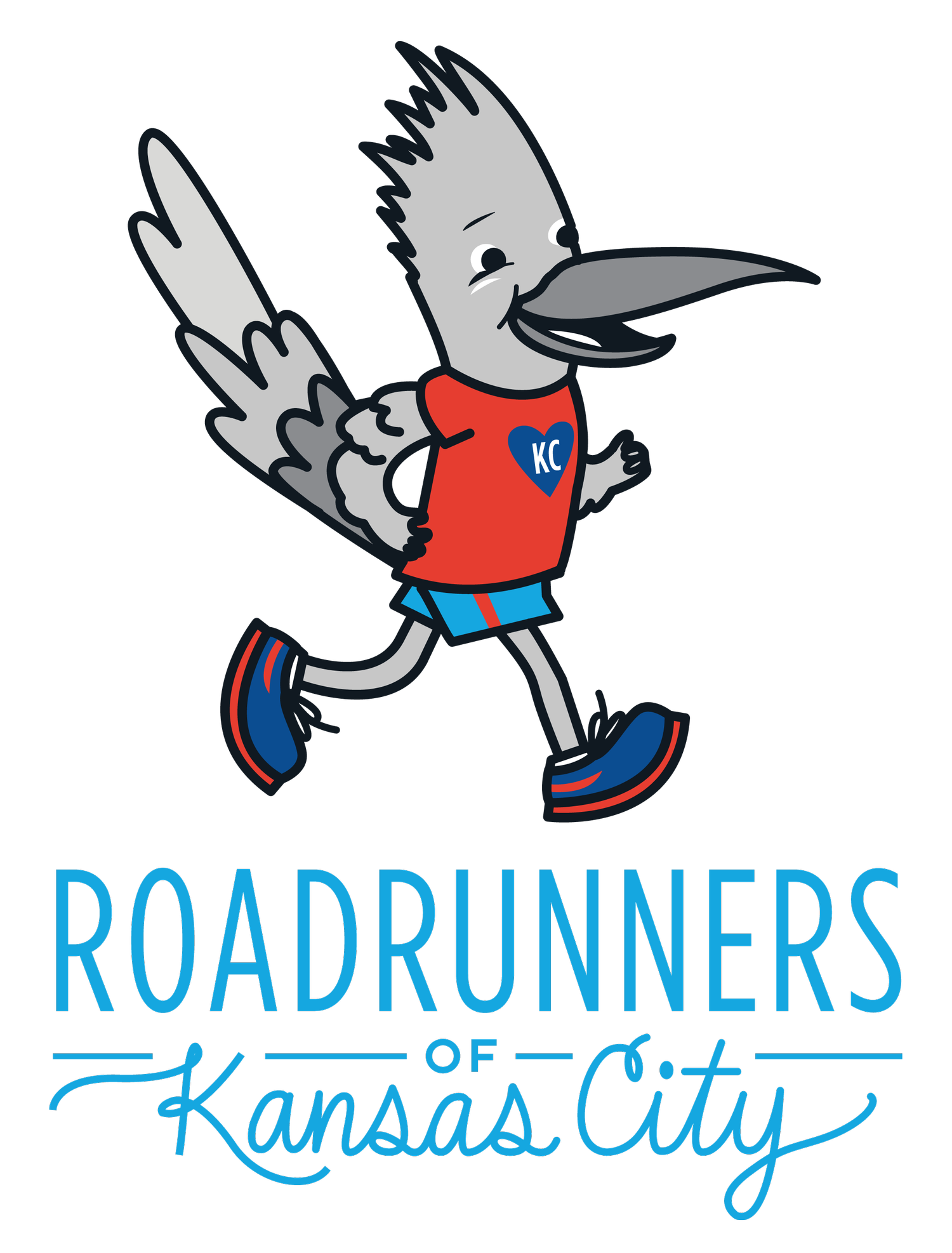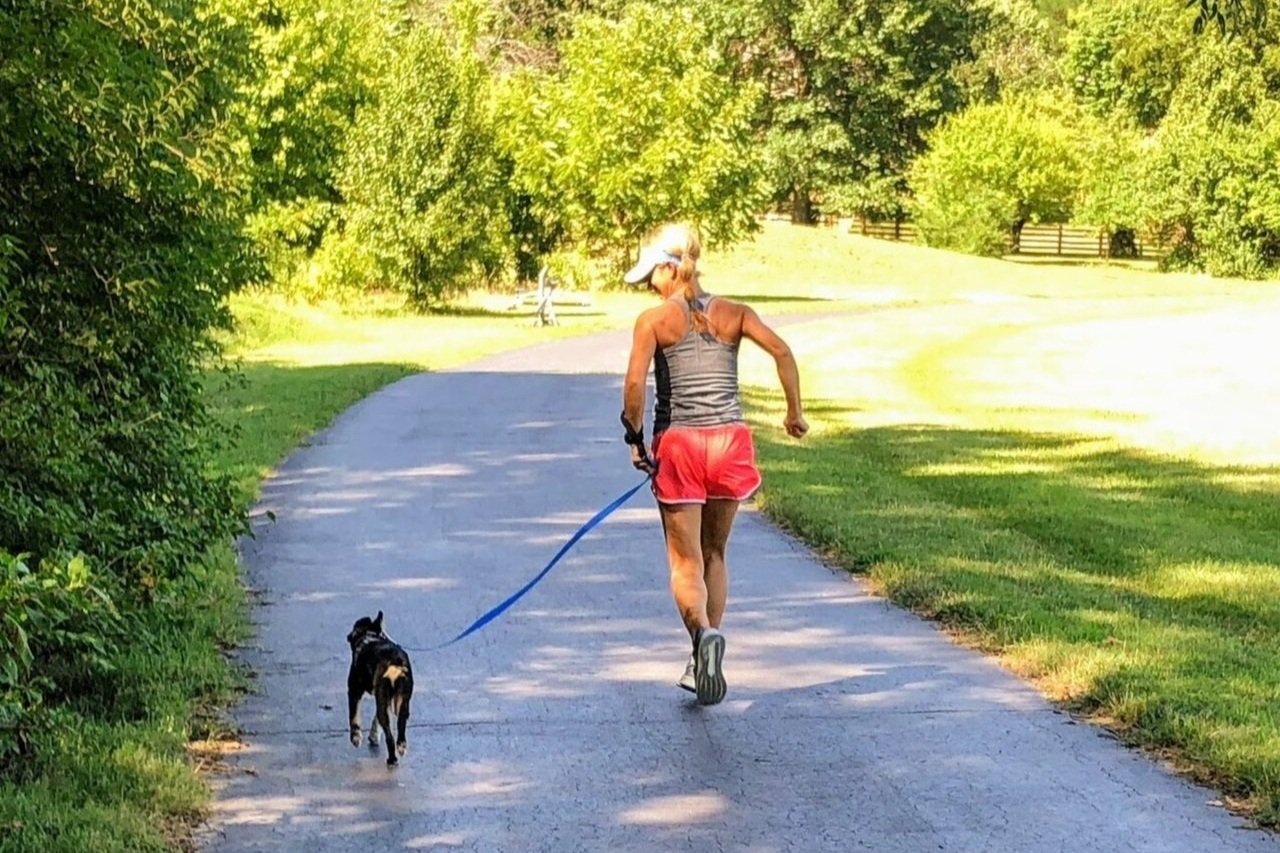Top Five Training Errors That Lead to Injury in Runners
/Two months into 2020 and many runners are deep into training for Spring and Summer races while others are running to get in shape, to decrease stress or even just for the fun of it. Regardless of goals and experience runners can fall victim to injury. Running injuries are usually the result of several issues combining to create the perfect storm. Frequently a part of that storm includes training mistakes. Today we summarize the top five training errors that can lead to injury. Are you making any of these mistakes?
“Getting to the bottom of a runner’s injury is like solving a puzzle; the four corners are strength, mobility, biomechanics and training.”
Here are the top five training errors that Coach Amy finds lead to injuries:
Increasing total weekly mileage and long run mileage too quickly.
Lack of recovery between training runs within the building phase, after races and between seasons.
Not enough, too much or the wrong kind of cross training.
Lack of varying intensity of hard and easy runs.
Changing running form, surface, or shoe type without a slow, gradual introduction and without professional guidance.
Personalized coaching can help create a individual training plan just for you to prevent these errors. If injury does occur, physical therapy with a therapist that specializes in running can speed up and improve success with recovery.








